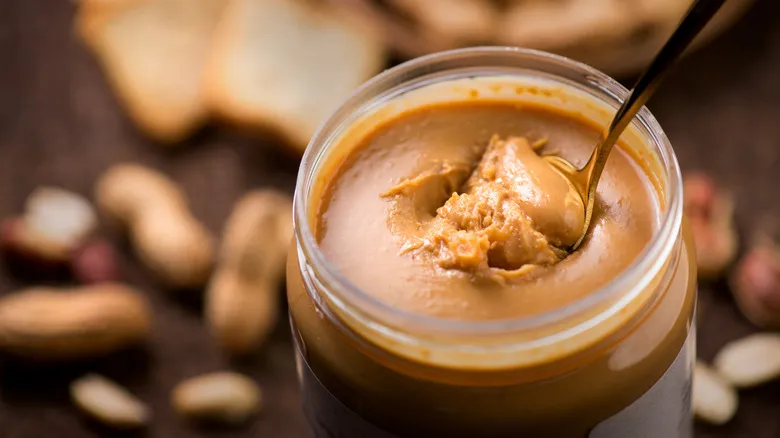How buttermilk and biscuits became besties

While modern biscuits conjure images of luxurious breakfast sandwiches and treats drenched in honey butter, their origins were quite unremarkable. The original biscuits, made from little more than flour, water, and salt, were hard, cracker-like provisions for sailors. Salt served as a preservative, and the low moisture content helped prevent spoilage during long sea voyages.
When this basic recipe made its way to the United States, Southern cooks transformed it into something truly delightful. With abundant access to soft wheat flour, butter, and the essential buttermilk, they elevated the humble biscuit. The introduction of leavening agents in the mid-19th century further enhanced the texture, leading to the fluffy buttermilk biscuits we cherish today.
While most people no longer make their own butter, and buttermilk may not be a common ingredient in your kitchen, you can still enjoy the benefits by creating a buttermilk substitute using vinegar and regular milk. The vinegar will react with the leavening agents to produce a nice, tall biscuit, while the milk adds moisture and a touch of fat for that tender, flaky texture you desire.
Recommended

Don't Confuse Fennel And Dill. There's A Difference

The Absolute Best Way To Mix Natural Peanut Butter

Savory S'mores Are The TikTok Viral Snack Your Fall Picnic Needs

The Unique Tool Prue Leith Uses When Making Scrambled Eggs
Next up

